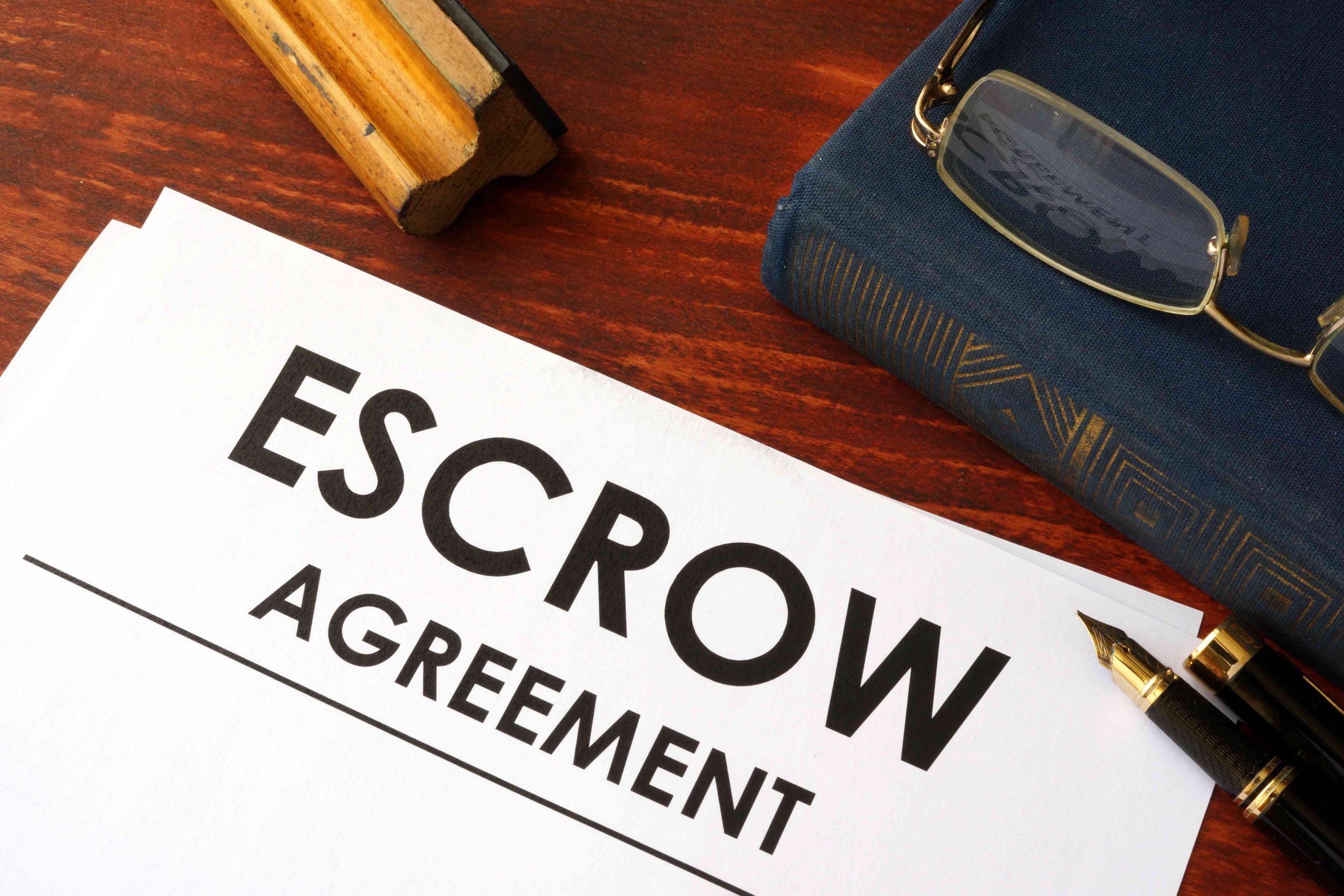
When you take out a mortgage, you may be required to set up an escrow account. An escrow account is a separate account used to hold money for expenses like property taxes and insurance. The lender uses the escrow account to make sure these expenses are paid on time. While escrow accounts can be a helpful way to manage your finances, they can also be confusing. In this guide, we’ll explore how to handle mortgage escrow accounts and understand your responsibilities.
- Understand What an Escrow Account Is:
An escrow account is a separate account used to hold money for expenses like property taxes and insurance. The lender uses the escrow account to make sure these expenses are paid on time. By setting up an escrow account, the lender can ensure that these expenses are paid, which protects their investment in your property.
2. Know What Expenses Are Paid from Your Escrow Account:
The expenses that are paid from your escrow account will depend on your mortgage and the terms of your loan. Typically, property taxes and homeowners insurance are paid from your escrow account, but other expenses like flood insurance or mortgage insurance may also be included.
3. Understand How Your Escrow Payment Is Calculated:
Your escrow payment is calculated based on your estimated expenses for property taxes and insurance for the year. The lender will divide this estimated amount by 12 and add it to your monthly mortgage payment.
4. Keep Track of Your Escrow Account:
It’s important to keep track of your escrow account and make sure that your payments are being made on time. You should receive an annual statement that shows the balance of your escrow account and how the funds were used over the past year.
5. Monitor Changes in Your Escrow Payment:
Your escrow payment can change from year to year. Changes in property taxes or insurance rates can affect your escrow payment. If your escrow payment changes, you should receive a notice from your lender explaining the reason for the change.
6. Understand Your Options for Paying Property Taxes and Insurance:
While an escrow account is a common way to pay for property taxes and insurance, it’s not the only option. You can also choose to pay these expenses directly. However, if you choose to pay these expenses directly, you’ll need to make sure that they are paid on time and in full.
7. Know Your Responsibilities for Escrow Shortages and Deficiencies:
An escrow shortage occurs when there is not enough money in your escrow account to cover your expenses. An escrow deficiency occurs when there is a shortfall in your escrow account due to an increase in expenses. If there is an escrow shortage or deficiency, you may be required to pay the difference.
8. Understand Your Options for Handling an Escrow Shortage or Deficiency:
If there is an escrow shortage or deficiency, you may have several options for handling the situation. You can pay the difference in a lump sum, or you can spread the payments out over a period of time. You may also be able to increase your monthly mortgage payment to cover the difference.
9. Keep Records of Your Payments:
It’s important to keep records of your mortgage payments and your escrow payments. This will help you keep track of your finances and make sure that all of your payments are being made on time.
10. Know When to Contact Your Lender:
If you have any questions or concerns about your escrow account, you should contact your lender. Your lender can provide you with information about your account and help you understand your responsibilities.


